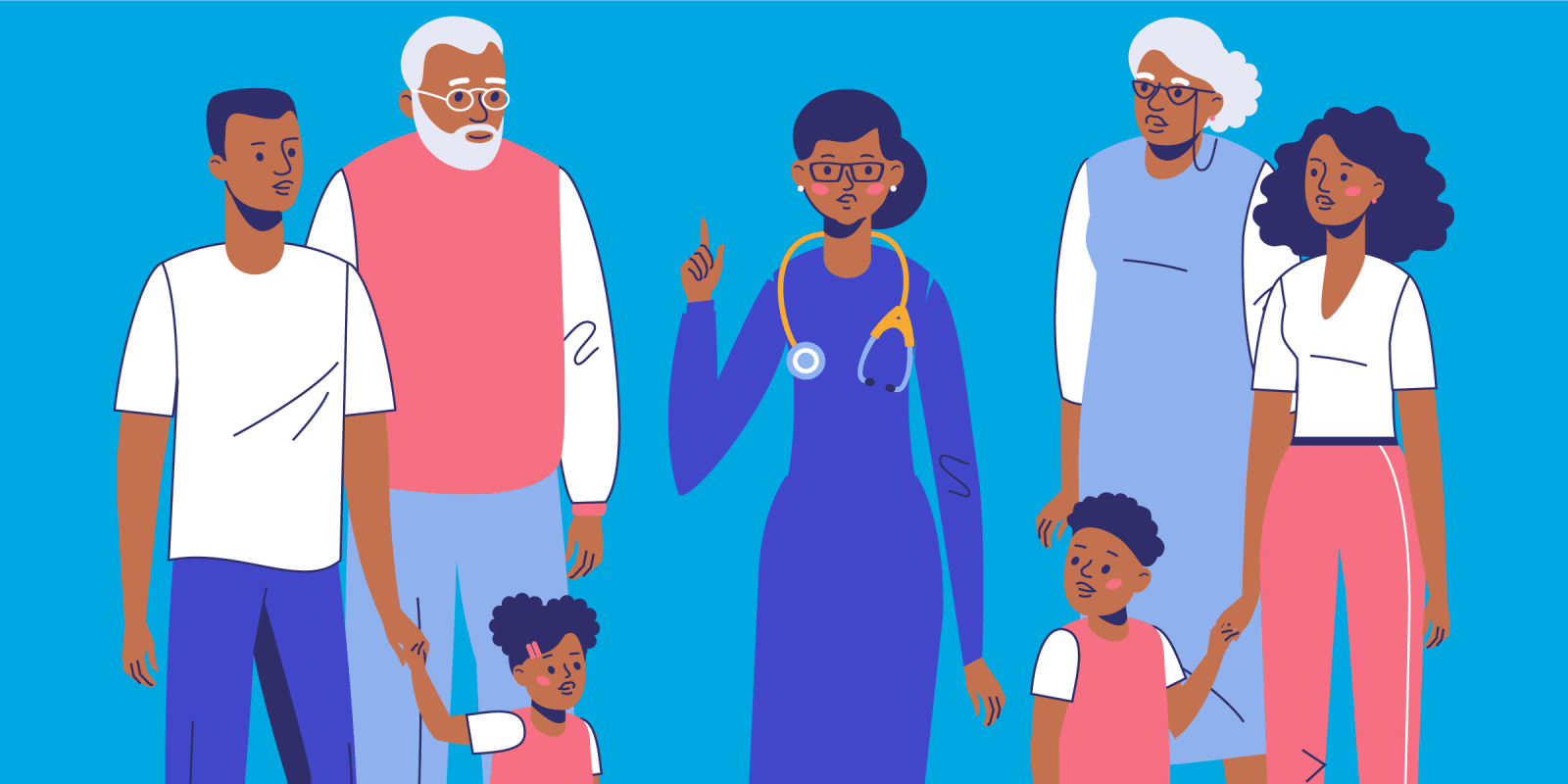I graduated from the University of Southern California’s PA program 27 years ago with a great foundation in internal medicine. Though internal medicine is the main training focus and hallmark of all PA programs, today, I remain so grateful for the training I’d received at my institution. For 23 years, my clinical practice has been rewarding. Every day I am faced with many multisystemic disease cases, but with a unique spin: I work in a multigenerational practice. We see the young adult, the middle-age adult and the older adult population. Often, they are members of the same family. I take care of grandparents (older adults), parents (middle-age adults), and children (young adults), all in the same family. The challenges of this type of practice has led to many amazing learning experiences.
But there are challenges, too. Treating multigenerational families includes scheduling office visits to accommodate time and travel for all of the family members, and I must be more aware of confidentiality concerns and the presence of different generational mores.
In scheduling appointments, sometimes the family members all want to come together for their visits and be in the examining room at the same time. In that case, we accommodate by allowing 30 minutes per family member. If they all want to arrive at the same time but be seen separately, we schedule 30-minute time slots. This provides each family member confidentiality for their visit. But how does this play out in real time? For example, one of my female patients, Diane, began seeing me for routine medical care when she was in her mid-40s. At that time she had two daughters, Mia and Olivia, both of whom I began seeing when they were 18 and 19 years old. In the beginning, all three would come to see me together. The daughters would not ask for their mother to leave the examining room, even during their physical examinations. However, after the girls completed high school and entered college, their needs shifted. Diane would often bring them to the office for their visits, even if she did not have a visit herself. Oftentimes, when the girls were called into the examining rooms, she would enter as well, and I would need to politely and respectfully give the girls the option to be seen privately. Diane never appeared offended by this and it afforded Mia and Olivia the opportunity to address any sensitive issues in private. Later on, as the girls reached their mid-20s and began coming to their visits individually on their own, there were times their mother would call up inquiring about their visit. I would respectively remind her that HIPAA regulations prevented me from discussing her daughters’ medical information with her without their consent.
My experience with Diane and her children demonstrates how much I really need to be in touch with, and aware of, a particular family’s value system (assuming they have so shared it with me). I also take into consideration the different generational mores when sensitive subjects are brought into the conversation. This approach allows me to provide an emotionally therapeutic environment. Establishing consistency and building trust has helped the multigenerational families in our practice have confidence in our ability to give them the best family-based and individual care possible.
The dynamics of this type of patient-clinician collaboration can help all patients, even those in the same family, feel respected and well cared for. Additionally, they feel their care and medical treatment is individualized, which leads to increased confidence from individual family members toward me as their clinician. Overall, this approach has enhanced my ability to help patients achieve and maintain their best health possible.
After more than two decades, I continue to enjoy and learn from multigenerational internal medicine practice. Knowing I have been able to help not one, but two and sometimes three, generations in a family has been most rewarding.
What do you think is the most rewarding element of practicing medicine? Do you treat diverse populations? Tell us about your clinical practice in the comments!
Pamela Bassett is a certified PA working in Los Angeles, CA. She graduated from the USC School of Medicine PA Program (now The Keck School of Medicine Physician Assistant Program) in 1993. Prior to becoming a PA, she worked in nursing for 18 years. Over the past 27 years as a PA, she has worked in internal medicine with a subspecialty in infectious disease. Currently, she works in private practice and is also an adjunct faculty professor at East Los Angeles Community College, instructing in health occupational courses. She is a 2020–2021 Doximity Op-Med Fellow.
All names and identifying information have been modified to protect patient privacy.







